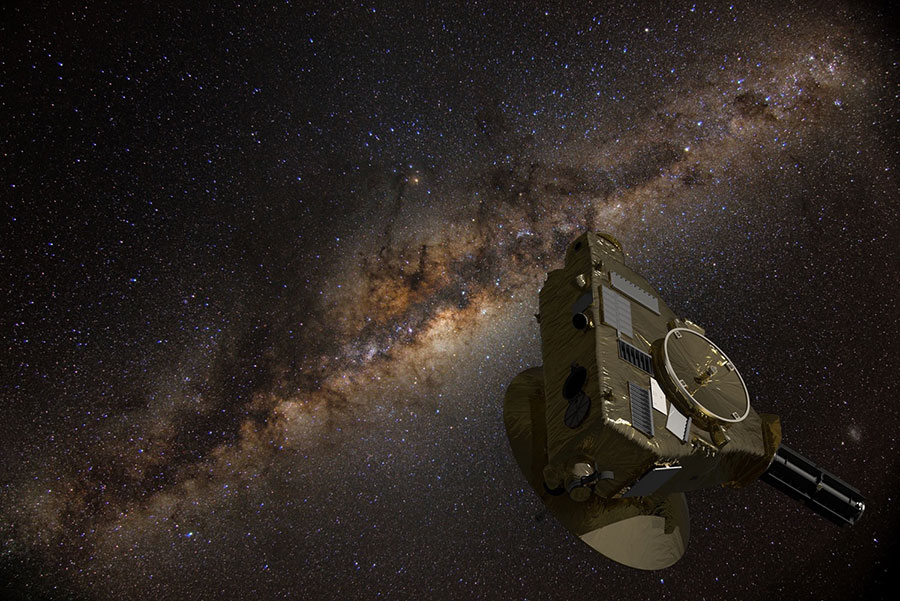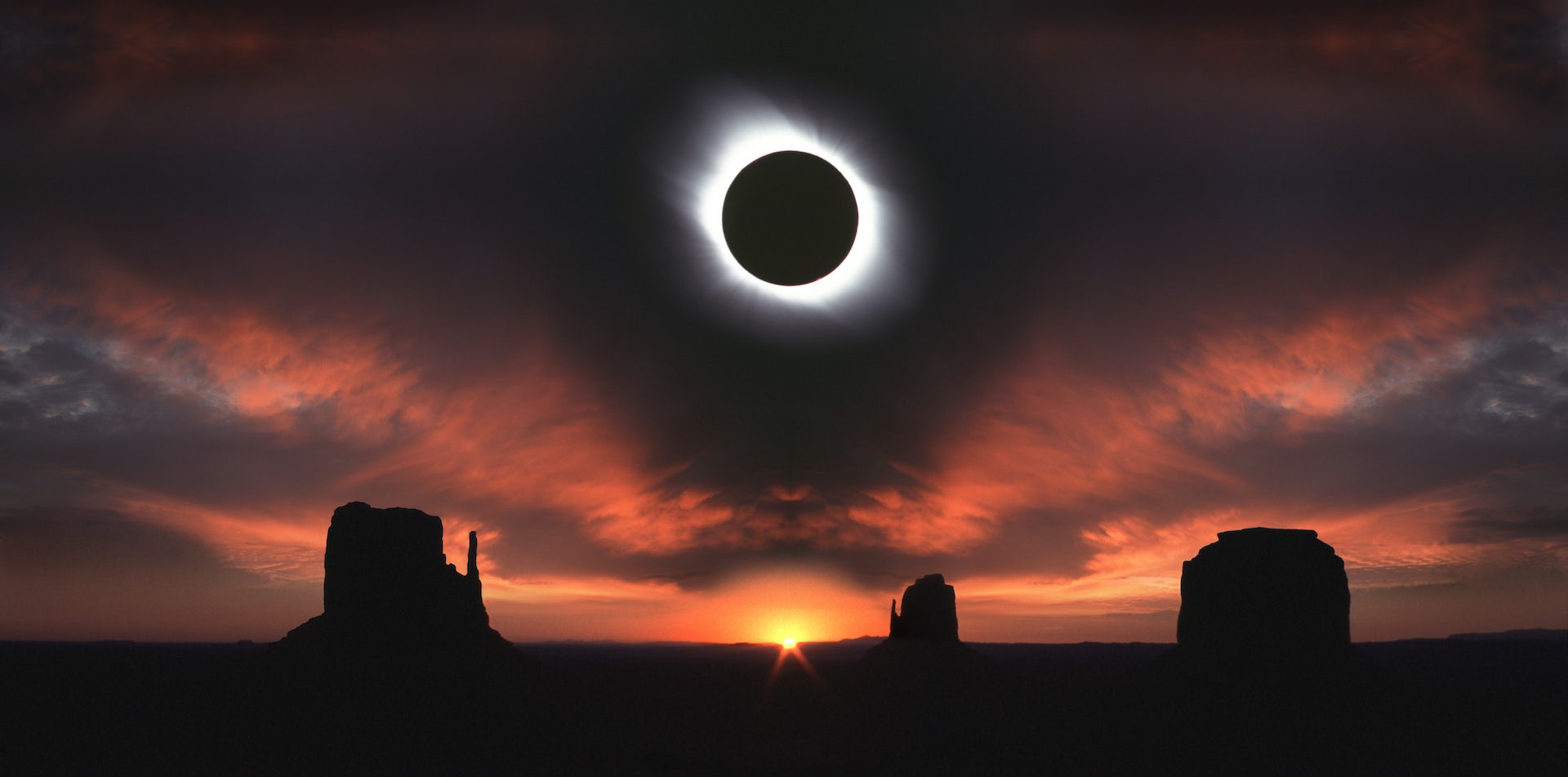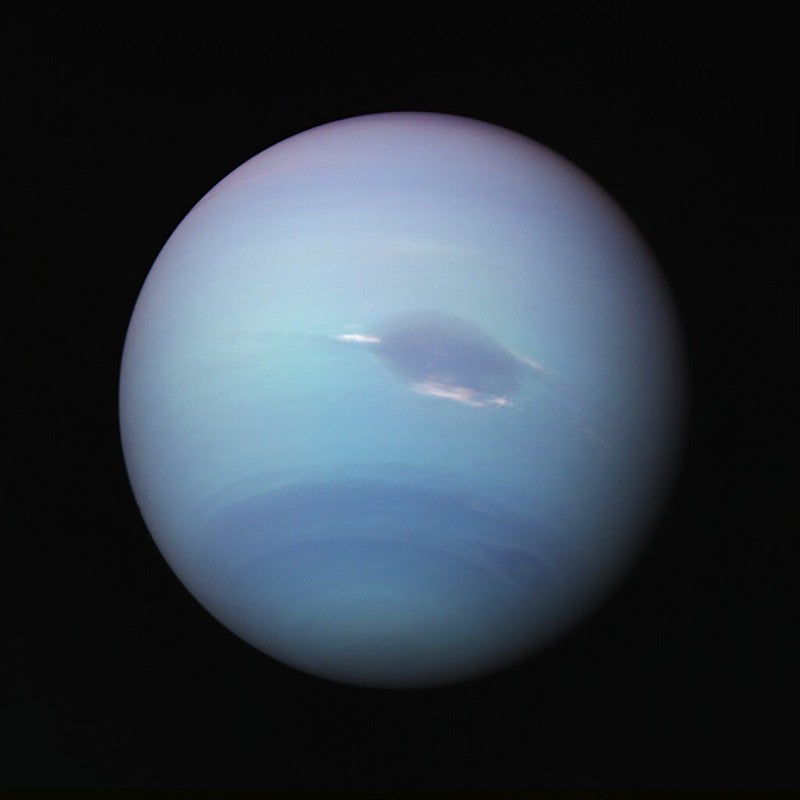NASA / APL / SwRI / Serge Brunier (ESO) / Marc Postman (STScI) / Dan Durda
Astronomers may have finally solved the mystery of how dark space really is. Using NASA’s New Horizons probe, they’ve shown that the faint background glow of empty space is due to the light from galaxies alone, ruling out the need for anything more exotic.
For decades, astronomers have been puzzled by the cosmic optical background (COB). This pervasive glow at visible wavelengths is somewhat analogous to the cosmic microwave background. But unlike the microwave background, which comes from radiation leftover from the Big Bang, the background visible light comes from other sources, such as distant stars and galaxies. Exactly which sources, though, has remained difficult to ascertain.
“People have tried over and over to measure [the COB] directly, but in our part of the solar system, there’s just too much . . . hazy fog that obscures the faint light from the distant universe,” says Tod Lauer (National Science Foundation’s NOIRLab).
One of the biggest nuisances to measuring the COB is zodiacal light, the diffuse glow of sunlight scattered off interplanetary dust. It’s barely visible from dark skies on Earth, but when it comes to measuring the blackness of space, the zodiacal light is excessively bright. Due to its interference, previous measurements of the COB, including from the Cosmic Infrared Background Experiment (CIBER), which flew aboard sounding rockets, is still contested.
Enter New Horizons, the mission sent to the backwaters of the solar system to explore Pluto and the Kuiper Belt. New Horizons is now 7.3 billion kilometers from Earth, so its surroundings are incredibly dark and zodiacal light has ceased to be an issue. It’s an ideal spot for an uninterrupted view of the inky void.
However, the mystery remained: The same team of astronomers used the Long Range Reconnaissance Imager (LORRI) aboard New Horizons to estimate the intensity of the COB light in 2021, and again in 2022. Intriguingly, they found double the amount of radiation thought to be emitted by all the galaxies in the universe. Where could this extra light be coming from?
One potential explanation was that galactic censuses had missed a more distant population of faint galaxies. Some even suggested more exotic options, such as axions — a hypothetical particle candidate for dark matter — which would decay into a litany of visible-wavelength photons.
Now, it seems, we have the answer, and it’s more prosaic than expected. Using new data from the European Space Agency’s Planck satellite, the team estimated the effect of light scattering off dust within our Milky Way Galaxy. When this effect is taken into account and combined with new LORRI images designed to minimize interference from galactic dust, the previous excess background disappears.

Postman et al. / Astrophysical Journal 2024
“The results show that the great majority of visible light we receive from the universe was generated in galaxies,” says team lead Marc Postman (Space Telescope Science Institute). “There is no evidence for significant levels of light produced by sources not presently known to astronomers.” The new result is published in the Astrophysical Journal.
Christopher Conselice (University of Manchester, UK), who was not involved in the research, believes the results likely hold up. “The dust calibration from the diffuse galactic light is reasonable and probably as good as can be done at the moment,” he says. However, he also points out that the dust measurements are not direct but are instead inferred from infrared emission. “It does lead to some uncertainty in the results,” he says. “There remains the possibility that anomalous light could still exist, but it is unlikely.”
As is so often the case in astronomy, a mystery is solved not by the exotic but by the mundane.




